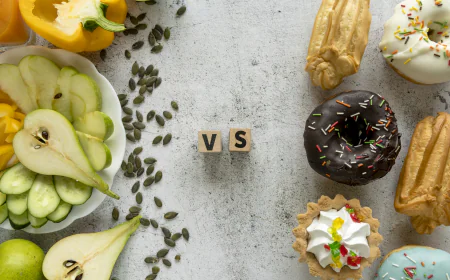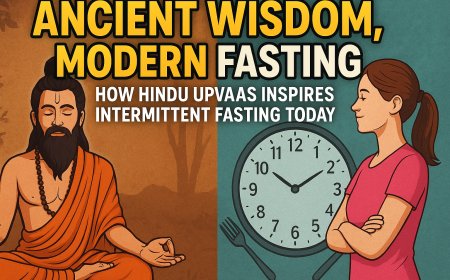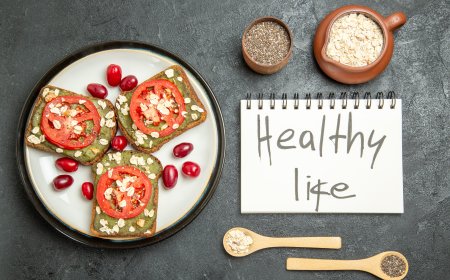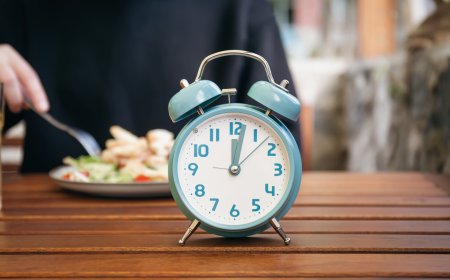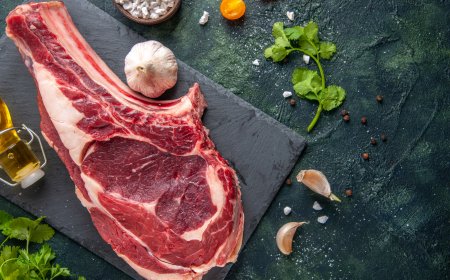Intermittent Fasting Best Time: What’s the Optimal Eating Window?
Discover the intermittent fasting best time for weight loss, energy, and better health. Learn when to start and stop eating based on science and lifestyle.

Intermittent Fasting Best Time: Morning vs Evening for Weight Loss & Health
Intermittent fasting (IF) isn’t just a trendy buzzword—it’s a proven method to manage weight, improve metabolism, enhance energy, and even promote longevity. But one question keeps popping up again and again: What is the best time for intermittent fasting? Should you fast in the morning or evening? Is it better to skip breakfast or dinner? Does timing matter more than the fasting period itself?
In this comprehensive guide, we’ll break down the science behind intermittent fasting timing, explore the most popular IF schedules, and help you choose the best time for intermittent fasting based on your goals, lifestyle, and biology. Whether you aim to lose weight, boost insulin sensitivity, or simply feel more energized, read on to discover how aligning your meals with your body’s internal clock can maximize your results.
What Is Intermittent Fasting?
Intermittent fasting is an eating pattern that alternates between periods of eating and fasting. Instead of focusing on what you eat, IF emphasizes when you eat. By restricting your caloric intake to a specific daily window, you give your body time to exhaust stored glycogen and switch to burning fat as fuel. Over time, this can improve metabolic flexibility, insulin sensitivity, and even cellular repair mechanisms.
Popular Intermittent Fasting Methods
- 16:8: Fast for 16 hours, eat during an 8-hour window (e.g., 12 PM–8 PM).
- 18:6: Fast for 18 hours, eat in a 6-hour window (e.g., 1 PM–7 PM).
- 5:2: Eat normally 5 days/week; restrict calories (500–600) on 2 non-consecutive days.
- OMAD: One meal a day, fasting ~23 hours with a 1-hour eating window.
- Alternate Day Fasting: Fast every other day, either zero‐calorie or very low‐calorie.
Does Timing Matter in Intermittent Fasting?
Yes—while calorie deficit remains the primary driver of weight loss, your body’s circadian rhythm (internal clock) influences how efficiently you process food. Chronobiology research shows that our metabolism peaks during daylight hours and slows at night. Eating late can disrupt insulin sensitivity, sleep quality, and fat metabolism. Aligning your eating window with natural daylight can amplify the benefits of IF.
Morning Eating Window (e.g., 8 AM–4 PM)
Adopting an early time-restricted eating schedule (eTRF) means breaking your fast soon after sunrise and finishing your last meal mid-afternoon. This strategy syncs with peak metabolic activity and supports better hormone regulation.
Benefits:
- Higher insulin sensitivity in the morning
- Improved blood sugar management
- Enhanced daytime energy and focus
- Reduced late-night cravings and mindless snacking
Drawbacks:
- Can be socially inconvenient (evening dinners)
- Challenging for evening trainers or night owls
- May require careful planning to prevent early hunger
Evening Eating Window (e.g., 12 PM–8 PM)
The most popular schedule for beginners, the 16:8 method with a noon-to-8 PM window, slots meals around a typical social and workday. It allows breakfast to be skipped and dinner with family to remain intact.
Benefits:
- Highly convenient and easy to follow
- Fits most social schedules and family meals
- Beginner-friendly adherence
Drawbacks:
- Lower insulin sensitivity in the evening
- Higher risk of overeating before bedtime
- Potential sleep disruption if eating too late
What the Science Says: Morning vs Evening Fasting
Multiple clinical trials have compared early time-restricted eating (eTRF) with delayed time-restricted eating (dTRF). Although both improve markers of health, eTRF often yields stronger benefits for metabolic health.
Study Example 1:
A 2018 trial in Obesity found that prediabetic men on an 8 AM–2 PM schedule had lower insulin levels, reduced appetite, and improved fat burning compared to a traditional eating window.
Study Example 2:
A study in Cell Metabolism showed that early eating improved glucose tolerance, lowered blood pressure, and positively altered gene expression linked to aging when compared to a later window.
Conclusion: If your priority is maximum fat loss and metabolic improvement, an early eating window delivers the most robust results.
Best Intermittent Fasting Schedule Based on Your Goals
| Goal | Ideal IF Timing |
|---|---|
| Weight Loss | 8 AM – 4 PM or 10 AM – 6 PM |
| Muscle Gain | 12 PM – 8 PM (align with post-workout) |
| Insulin Sensitivity | 8 AM – 2 PM |
| Lifestyle & Social Ease | 12 PM – 8 PM |
| Better Sleep | Finish eating ≥3 hours before bed |
Choose the Right Timing Based on Lifestyle
Office Workers
- Try 11 AM – 7 PM or 12 PM – 8 PM.
- Schedule a high-protein lunch at noon.
- Avoid snacks after dinner at home.
Students
- Try 1 PM – 9 PM to match class schedules.
- Break the fast after morning lectures with a balanced meal.
- Keep dinner light to optimize sleep.
Fitness Enthusiasts
- Time workouts 1–2 hours before your eating window.
- Prioritize protein and carbs immediately post-workout.
- Stay hydrated during fasted training sessions.
What to Eat When Breaking a Fast
Choosing nutrient-dense foods at your first meal prevents blood sugar spikes, supports muscle repair, and keeps you full until your next meal.
Ideal First Meal (Break-Fast):
- High-protein: eggs, Greek yogurt, lean chicken breast
- Healthy fats: avocado, nuts, olive oil
- Low-GI carbs: sweet potato, quinoa, steel-cut oats
- Hydration: water, herbal tea, or electrolyte infusion
Avoid:
- Sugary drinks and fruit juices
- Refined carbs: white bread, chips
- High-fat junk foods
Intermittent Fasting Timing – Recap
| Factor | Morning Window | Evening Window |
|---|---|---|
| Weight Loss | More effective | Still effective |
| Blood Sugar Control | Better | Weaker |
| Social Flexibility | Less flexible | Easier |
| Energy Levels | Higher early | May dip evening |
| Adherence | Harder to sustain | Beginner-friendly |
Conclusion: So, What’s the Best Time?
There is no one-size-fits-all answer, but here’s the rule of thumb:
- Early Eating Window (8 AM–4 PM): Maximum fat-burning and metabolic health benefits.
- Midday/Evening Window (12 PM–8 PM): Convenience and social flexibility for most lifestyles.
The best intermittent fasting time is the one you can consistently follow. Remember, consistency beats perfection—choose a window that aligns with your biology and day-to-day routine, and stick with it for lasting results.
"If you’re unsure which fasting style fits your goals, check out this best intermittent fasting schedules guide from Lean Fasting."
FAQs – Intermittent Fasting Best Time
Q1: Is it better to fast in the morning or at night?
Morning fasting (eTRF) aligns better with your circadian rhythm and offers more health benefits, but evening windows are still effective if easier to maintain.
Q2: What time should I stop eating at night?
Stop eating at least 3 hours before bedtime to optimize digestion and sleep quality.
Q3: Can I skip dinner instead of breakfast?
Yes—skipping dinner and eating earlier in the day is often more effective for weight loss according to research.
Q4: Can I do IF if I work night shifts?
Yes—align your eating window with your awake hours and prioritize nutrient-dense meals.
Q5: What breaks a fast?
Any caloric intake (milk, juice, snacks) breaks a fast. During fasting hours stick to black coffee, water, and unsweetened herbal tea only.
